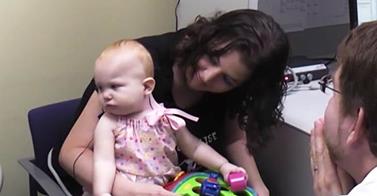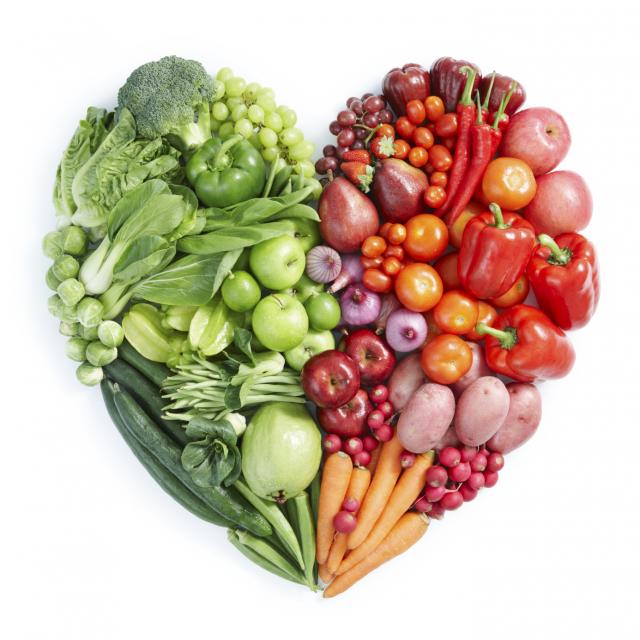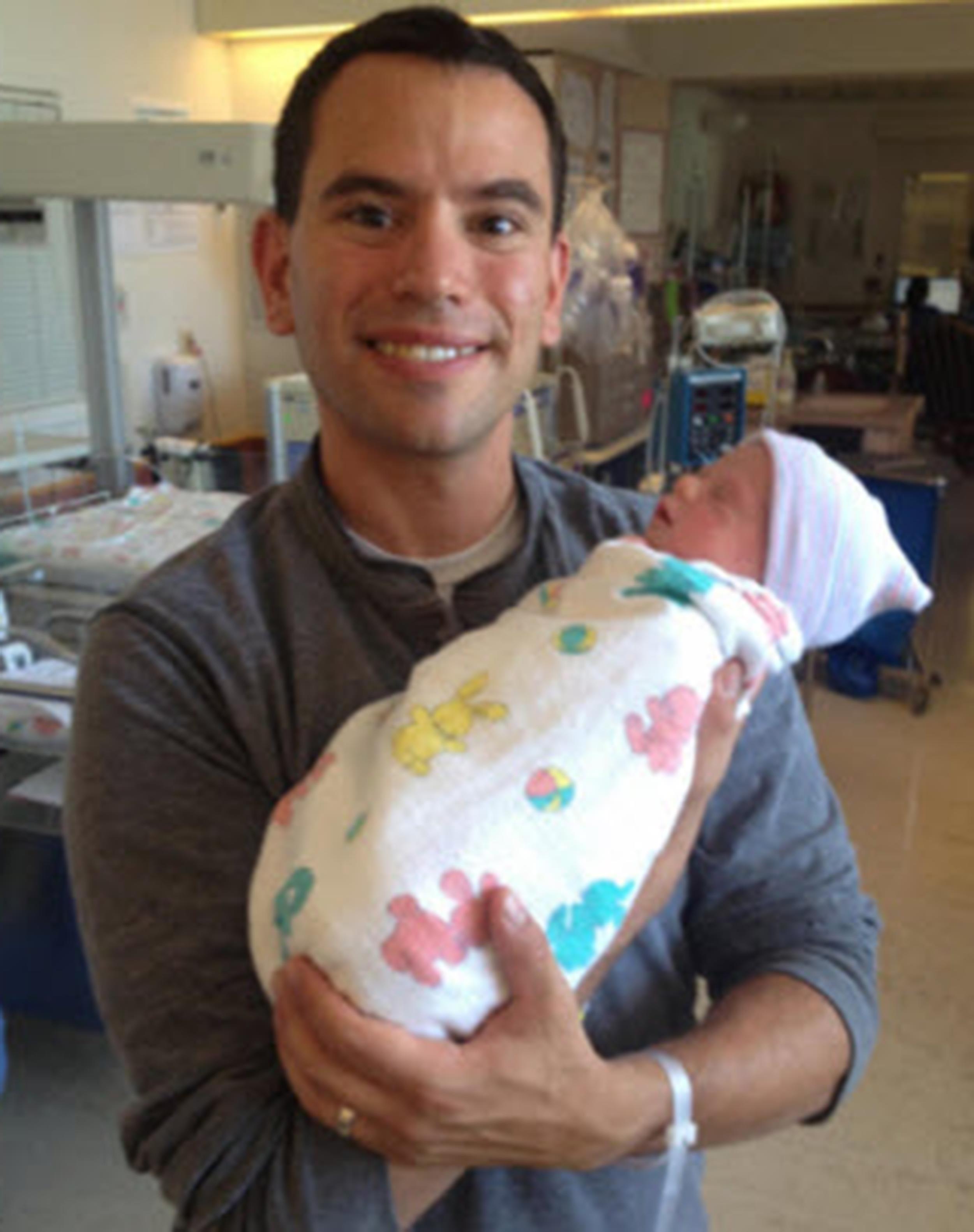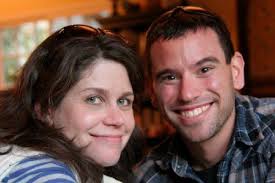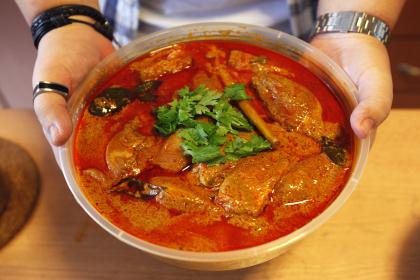
You may not be eating Oreos by the roll or guzzling cans of Coke, but that doesn’t mean sugar’s absent from your diet. You’re likely eating sugar throughout the day without even realizing it, said Amari Thomsen, RD, owner of Chicago-based nutrition consulting practice Eat Chic Chicago.
Sugar is added to foods that don’t even taste all that sweet, like breads, condiments and sauces. And it adds up: although the American Heart Association recommends women consume no more than six teaspoons of added sugar per day (or about 100 calories), most of us take in double that. (One note: we’re talking about added sugar, not the naturally occurring sugars found in dairy and fruit.) A high-sugar diet boosts your odds of tooth decay, heart disease, and diabetes, not to mention weight gain.
Slash your sugar intake now with these 10 expert tips.
Read food labels
You’ll quickly realize just how often sugar is added to foods when you look for it on ingredients lists.
“Even things that you don’t think are sweet, like tomato sauce, crackers, condiments, and salad dressings can be packed with sugar,” said Diane Sanfilippo, certified nutrition consultant and author of “The 21 Day Sugar Detox.” Ingredients are listed in order of how much exists in the product, so if sugar’s near the top, that’s a red flag.
Learn sugar’s aliases
When you read food labels, you’ll need to look for more than just the word “sugar.” Sugar hides under several sneaky names, including high fructose corn syrup, dried cane syrup, invert sugar, molasses, sucrose (or any word ending in “-ose”), brown rice syrup, honey, and maple syrup.
These can be listed separately on ingredients lists, so many foods, even seemingly healthy ones like yogurt and cereal, may contain three or four different types of sweetener. If several sugars appear on the label, it’s an indication that the food is less healthy than you may think.
You may not be eating Oreos by the roll or guzzling cans of Coke, but that doesn’t mean sugar’s absent from your diet. You’re likely eating sugar throughout the day without even realizing it, said Amari Thomsen, RD, owner of Chicago-based nutrition consulting practice Eat Chic Chicago.
Sugar is added to foods that don’t even taste all that sweet, like breads, condiments and sauces. And it adds up: although the American Heart Association recommends women consume no more than six teaspoons of added sugar per day (or about 100 calories), most of us take in double that. (One note: we’re talking about added sugar, not the naturally occurring sugars found in dairy and fruit.) A high-sugar diet boosts your odds of tooth decay, heart disease, and diabetes, not to mention weight gain.
Slash your sugar intake now with these 10 expert tips.
Read food labels
You’ll quickly realize just how often sugar is added to foods when you look for it on ingredients lists.
“Even things that you don’t think are sweet, like tomato sauce, crackers, condiments, and salad dressings can be packed with sugar,” said Diane Sanfilippo, certified nutrition consultant and author of “The 21 Day Sugar Detox.” Ingredients are listed in order of how much exists in the product, so if sugar’s near the top, that’s a red flag.
Learn sugar’s aliases
When you read food labels, you’ll need to look for more than just the word “sugar.” Sugar hides under several sneaky names, including high fructose corn syrup, dried cane syrup, invert sugar, molasses, sucrose (or any word ending in “-ose”), brown rice syrup, honey, and maple syrup.
These can be listed separately on ingredients lists, so many foods, even seemingly healthy ones like yogurt and cereal, may contain three or four different types of sweetener. If several sugars appear on the label, it’s an indication that the food is less healthy than you may think.
Buy unsweetened
Once you know where sugar hides, you can start making changes. One strategy: buy foods labeled “no added sugar” or “unsweetened.” You’ll find unsweetened versions of these common foods in most grocery stories: non-dairy milk like almond and soy, nut butters (look for those made with only nuts and salt), applesauce, oatmeal, and canned fruit (they should be packed in juice—not syrup).
Don’t go cold turkey
Going cold turkey on sugar isn’t realistic for most people. Thomsen suggested cutting back slowly. If you normally put two packets of sugar in your coffee, for instance, try one for a week, then half, and finally add only a splash of milk. For your yogurt, mix half a serving of sweetened yogurt with half a serving of plain, and eventually move on to adding natural sweetness with fresh fruit.
Think protein and fat
Unhealthy carbs loaded with sugar can cause blood sugar to rise rapidly (and dive just as quickly, leaving you hungry again). To minimize this rapid rise and fall, pair protein, healthy fats, and fiber with your meal, all of which can slow down the release of blood sugar in your body and keep you full for longer. (At breakfast, that means adding almonds to your usual oatmeal or pairing eggs with your morning toast, and for your midday snack, a slice of turkey breast or cheese along with your apple, suggests Thomsen.) Fats are a key player because they help keep you fuller for longer, thus helping to decrease your desire for sugar, added Sanfilippo. Focus on fats like avocados, nuts, seeds, and heart-healthy oils like olive oil, walnut oil, and coconut oil.
Never go fake
When you’re reducing your sugar intake, you may be tempted to switch to artificial sugars for your sweet fix. But resist reaching for the diet soda, sugar-free candy, and packets of fake sugar in your latte.
“These can mess up your taste for sweet,” Sanfilippo said. “When you eat something sweet, your body expects calories and nutrition, but artificial sugars don’t give your body those things.” That may be why fake sugars are associated with weight gain—not loss, according to a 2010 review in the Yale Journal of Biology and Medicine.
Add more flavor
Sanfilippo loves using vanilla bean and vanilla extract, spices, and citrus zests to add sweetness to foods without having to use sugar—and for zero calories. Order an unsweetened latte and add flavor with cocoa or vanilla powder. Skip the flavored oatmeal and add a sweet kick with cinnamon, nutmeg, and ginger. One bonus for sprinkling on the cinnamon: according to a meta-analysis in the Journal of Medicinal Food, the spice has been shown to naturally regulate blood sugar, which helps control your appetite.
Don’t drink it
Avoiding soda is a good idea, but that’s not the only sugar-packed drink out there. Even drinks that are considered healthy can contain more of the sweet stuff than you’re supposed to have in an entire day. Case in point: “enhanced” waters (eight teaspoons per bottle), bottled iced teas (more than nine teaspoons per bottle), energy drinks (almost seven teaspoons per can), bottled coffee drinks (eight teaspoons per bottle), and store-bought smoothies (more than a dozen teaspoons—for a small).
Enjoy dessert
You can still indulge in an occasional sweet treat after you resolve to slash sugar. The idea is to avoid wasting your daily sugar quota on non-dessert foods like cereals, ketchup, and bread. To avoid overdoing it, set specific rules about when you may enjoy dessert: only after dinner on the weekends or at restaurants as a special treat, Thomsen suggested.
Stick with it!
At first, cutting down on sugar can feel like an impossible task. Eventually, though, your taste buds will adjust. Super-sweet foods like ice cream and candy will start to taste too sweet. When you could have a whole slice of cake before, now a couple bites will be enough. You’ll notice the natural sweetness in fruits and vegetables—and yep, they’ll taste better, too.
Source: fox news










